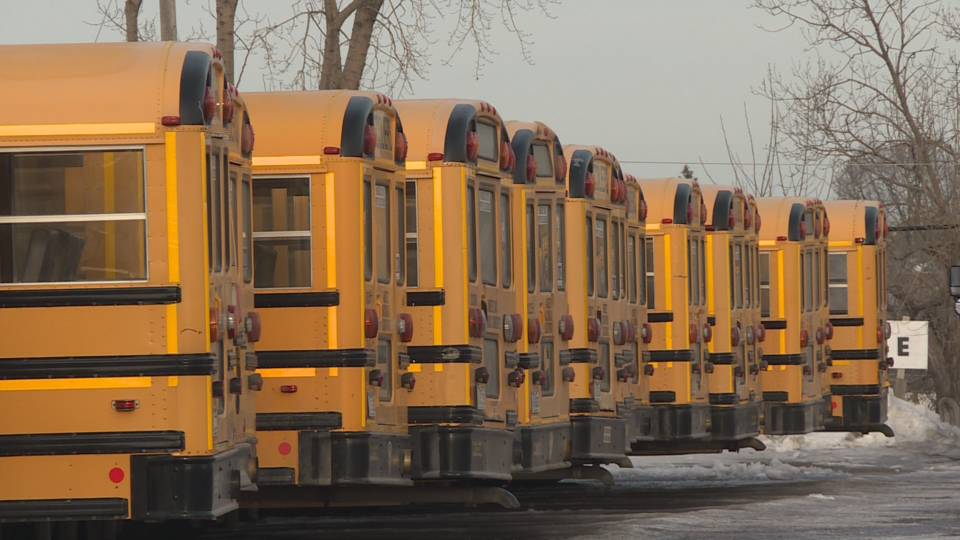Cramming students into a school bus during a pandemic might worry some parents, but the director of education for the Catholic division is confident that current cleaning procedures will keep youths safe.
Holy Trinity Catholic School Division has created COVID-19-related disinfecting protocols that drivers are required to complete every time a bus has finished its run, a transportation report explained. Division office administration re-evaluated the cleaning and disinfectant protocols during the second quarter of the 2020-21 school year — December to February — and ordered two additional foggers to help clean buses.
Trustees with the board of education received the transportation report during their recent March meeting.
“Highlights that we brought from (the report) were … a continuation of the good work recognizing all the additional challenges the pandemic has presented,” said education director Sean Chase. “We feel very good about our ability to continue safe transportation of students.”
There was only one week during the second quarter of the school year that presented challenges to drivers, as extremely cold weather forced the unprecedented cancellation of 35 routes — for a total of 70 runs — in Moose Jaw for days, he continued. Yet, the division was pleased with the overall transportation efforts and the ongoing work of risk mitigation.
Regular actions to mitigate risk include professional development for drivers, daily safety inspections of buses and circle checks of the vehicle, and continued work with bus planning software.
“We’re pretty proud of how well our drivers and our overall transportation department have facilitated their work during the pandemic,” added Chase.
According to the transportation report, one area of focus for the department is continuous monitoring of school zones and loading/unloading zones. This also includes developing a plan to address traffic congestion and student safety at St. Agnes School, along with installing signage in front of St. Michael and St. Agnes schools that reinforce municipal bylaws.
Chase indicated there were no major concerns with this topic, as it was simply an ongoing piece of the division’s risk mitigation strategy. This includes keeping drivers aware of these areas, cautioning students to be mindful, ensuring teachers who supervise these areas to be watchful, and reminding parents through ongoing and regular communication.
“As the weather takes a turn here … we end up sometimes with more kids who choose to walk or even ride their bikes in those busy areas before and after school — the drop-off zones — (so) that’s just an ongoing communication piece in terms of the overall safety and overall expectation,” he added.
According to the transportation report, Holy Trinity transported 1,068 students during the second quarter of the year, including 492 Catholic students in Moose Jaw, 147 students from Prairie South, and 427 students in Swift Current for Chinook School Division.
Catholic school buses collectively travelled an average of 332.76 kilometres per day on regular routes in Moose Jaw North. The average age of the Moose Jaw bus fleet was 8.75 years, while the capacity used on each bus every day was 64.89 per cent.
The average one-way ride time in Moose Jaw was 24 minutes, while the longest one-way ride time in Moose Jaw was 35 minutes.
The next Holy Trinity board meeting is Monday, April 19.




